Encountering a sticky door lock can be a frustrating experience, often disrupting your daily routine and posing a security risk. This common issue can arise from various factors, such as accumulated dirt, grime, or misalignment. Addressing it promptly ensures smooth functionality and maintains the lock’s integrity. This post aims to provide a comprehensive, step-by-step guide on fixing a sticky door lock. From diagnosing the problem to detailed repair instructions, this article covers everything you need, including the necessary tools and materials, making this guide essential for both novices and experienced DIY enthusiasts.
Contents
Identifying The Cause Of Stickiness
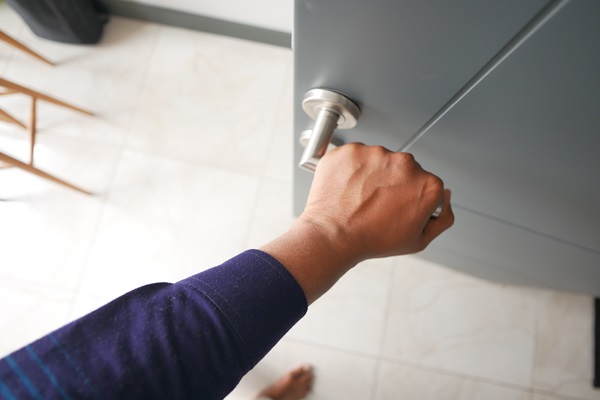
Understanding the root cause of a sticky door lock is crucial before attempting any repair. Typically, stickiness can result from the accumulation of dirt and grime inside the lock mechanism. This buildup hinders the smooth movement of lock components. Another common cause is the lack of proper lubrication, which leads to increased friction. Environmental factors like humidity and temperature changes can also contribute, causing metal components to expand or contract slightly.
Recognizing the symptoms is equally important. If the key is difficult to turn or gets stuck frequently, it’s a clear indicator of an underlying issue. Sometimes, the lock might feel gritty or uneven when turning the key. These signs help in pinpointing whether the problem lies in dirt accumulation, lubrication needs, or potential misalignments. Accurate identification paves the way for an effective fix.
Gathering Necessary Tools And Materials
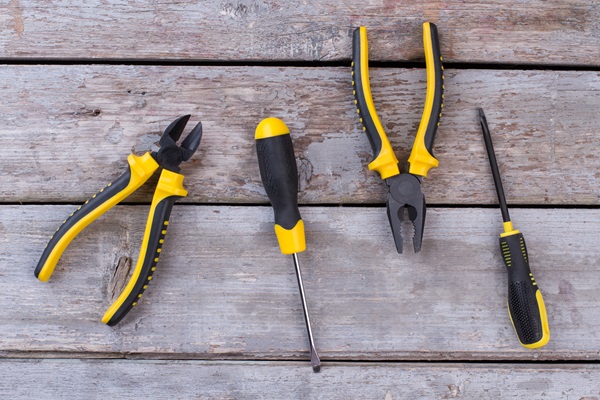
Before diving into the repair, assembling the right tools and materials is essential. You’ll need a few basic items: screwdrivers (both flat-head and Phillips), a can of compressed air for cleaning, lubricant (graphite powder is highly recommended for locks), and a pair of needle-nose pliers. It’s also handy to have a clean cloth and some mild detergent for surface cleaning.
In case you don’t have specialized tools, there are alternatives. A hairdryer can substitute for compressed air, and for a lubricant, a pencil’s graphite rubbed on the key can work temporarily. However, avoid using oil-based lubricants as they tend to attract more dirt. Ensuring you have everything at hand streamlines the process, preventing any mid-repair disruptions. Remember, using the right tools not only makes the job easier but also protects the lock from accidental damage.
Cleaning The Lock Mechanism
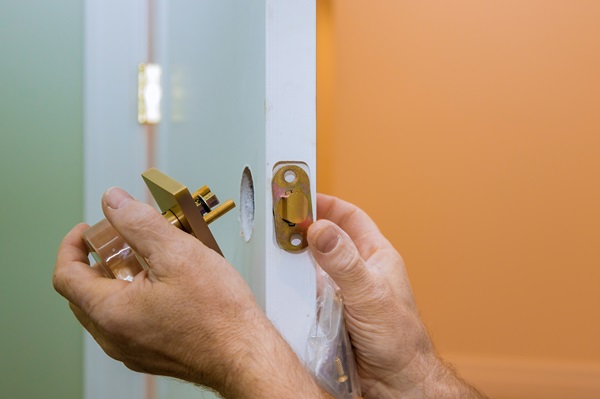
The first step in the actual repair process is to thoroughly clean the lock mechanism. Begin by gently disassembling the lock, being mindful of small components and their arrangement. Using the compressed air, blow out any visible debris from the lock cylinder. This step is crucial for removing loose dirt and particles that may have accumulated over time.
Next, dip a clean cloth in mild detergent mixed with water and carefully clean the external parts of the lock. Avoid letting excess moisture enter the lock mechanism. For interior parts like the cylinder, a cotton swab can be used to remove grime gently. Once everything is clean, ensure all components are completely dry before reassembling the lock. This thorough cleaning often resolves stickiness and can significantly improve the lock’s functionality without needing further repairs.
Lubricating The Lock
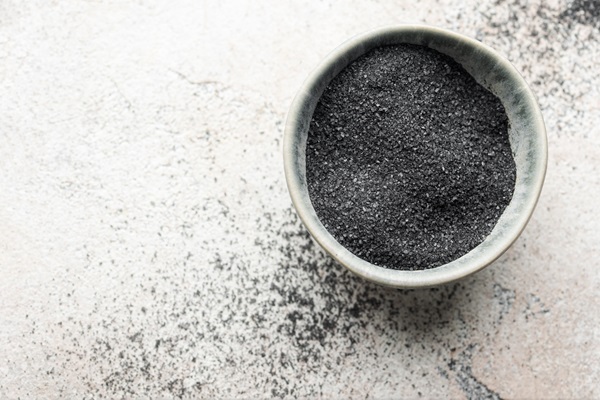
After cleaning, lubricating the lock is the next critical step. Proper lubrication is essential for the smooth operation of the lock mechanism. Graphite powder is the recommended lubricant for door locks as it doesn’t attract dirt like oil-based products. To apply, insert a small amount of graphite powder into the keyhole and insert the key. Turn the key back and forth to distribute the lubricant evenly inside the lock.
It’s important to use the lubricant sparingly. Excess lubricant can lead to a buildup, ironically causing more stickiness. After applying graphite, check the lock’s movement. If it’s still not smooth, apply a bit more lubricant, but be cautious not to overdo it. Regular lubrication, preferably every six months, can prevent many common lock issues, including stickiness, ensuring longevity and reliable performance of your door lock.
Adjusting Door And Lock Alignment

Misalignment between the door and the lock can be a significant factor in causing a sticky door lock. Over time, doors can sag or shift, leading to misalignment. Start by inspecting the alignment of the door with the frame. Look for any gaps or unevenness around the edges when the door is closed. If the door appears to be sagging, the hinges might need tightening or replacing. Use a screwdriver to adjust the hinges, ensuring the door hangs evenly.
Another alignment issue could be with the lock mechanism itself. If the latch or bolt doesn’t align properly with the strike plate on the door frame, it can cause resistance. You can adjust the strike plate by loosening its screws and realigning it with the latch or bolt. In some cases, you might need to enlarge the opening of the strike plate using a metal file for a smoother latch movement.
Replacing Worn Out Components
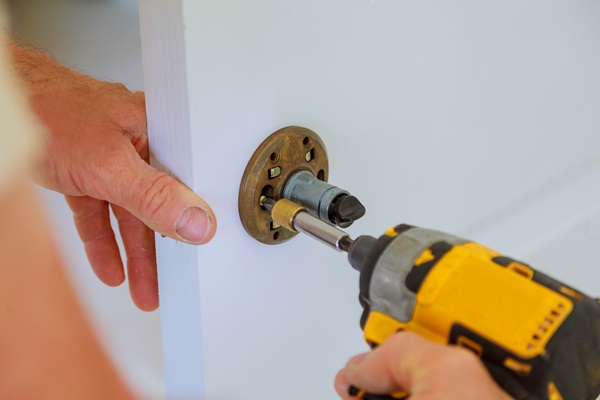
Sometimes, the stickiness issue is due to worn-out components within the lock mechanism. Components like the springs, pins, or the cylinder can wear out over time and require replacement. Start by identifying which parts show signs of wear. This is usually evident through visual inspection once the lock is disassembled. For instance, springs might lose tension, and pins could be visibly worn or damaged.
Replacing these components requires precision and a good understanding of the lock mechanism. You can find replacement parts at hardware stores or online. Make sure to purchase parts that match your specific lock model. When replacing, carefully remove the old part and install the new one, ensuring it fits securely and functions correctly. This process not only resolves the stickiness issue but can also enhance the overall security of the lock.
Testing The Lock’s Functionality

After cleaning, lubricating, realigning, and replacing any necessary components, it’s crucial to test the lock’s functionality. Insert the key and turn it several times to ensure the mechanism operates smoothly. Pay attention to any resistance or irregularities during this process. If the key turns smoothly without sticking, the repair has likely been successful.
Regular testing and maintenance of your door lock can prevent future issues. Establish a routine to check the lock’s functionality, ideally every few months. This includes testing the key turns smoothly, the door latches securely, and there are no unusual sounds or resistance. Regular maintenance helps in the early identification of potential problems, allowing for timely interventions before they escalate into bigger issues. Simple habits like these can prolong the life of your lock and ensure it remains reliable and secure.
Turn The Key To Hassle-Free Locks
Fixing a sticky door lock is more than a mere chore; it’s about ensuring security and ease in your daily life. This guide has equipped you with the knowledge to tackle this common problem efficiently. Remember, regular maintenance is the key to preventing such issues. Don’t let a sticky lock disrupt your routine; take the initiative to inspect, clean, lubricate, and adjust your door locks periodically. If the problem persists, don’t hesitate to seek professional help. Take action now and enjoy the smooth functionality of your door locks.


